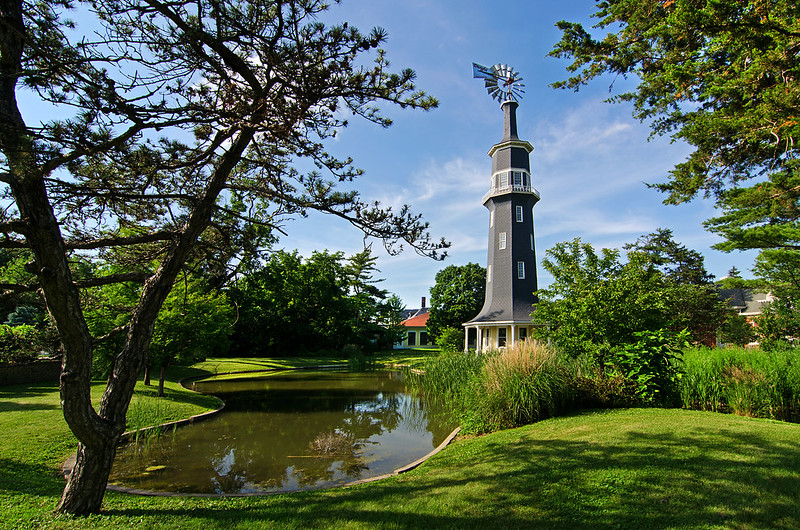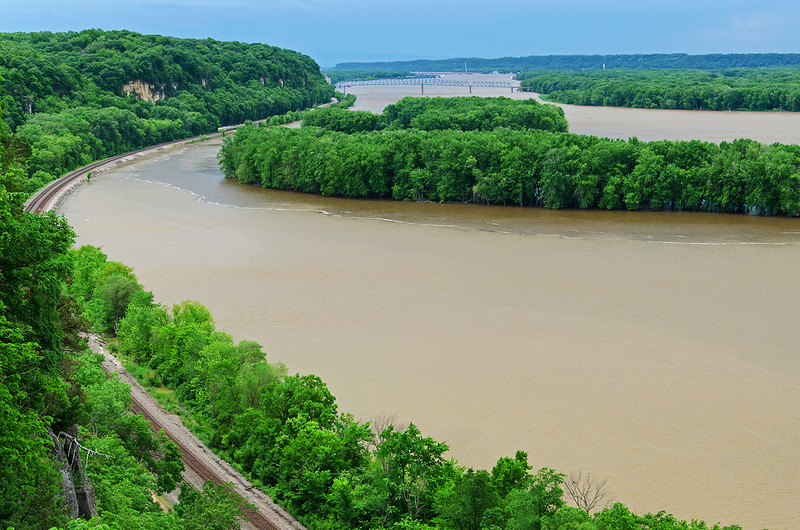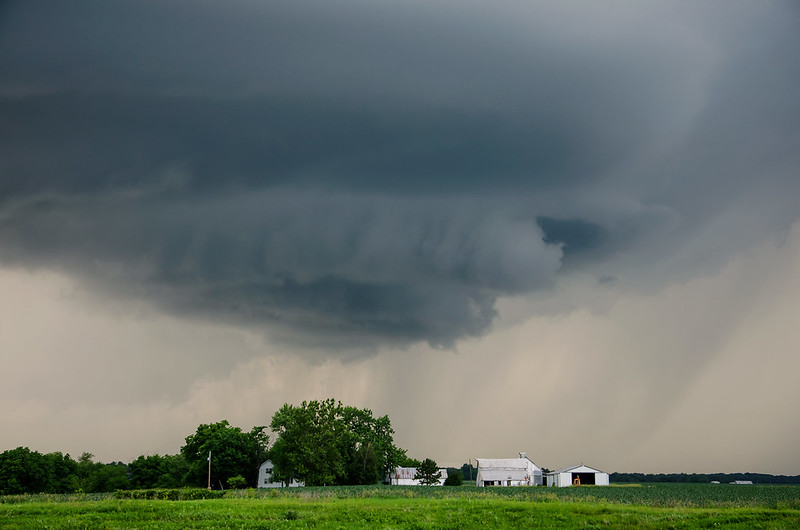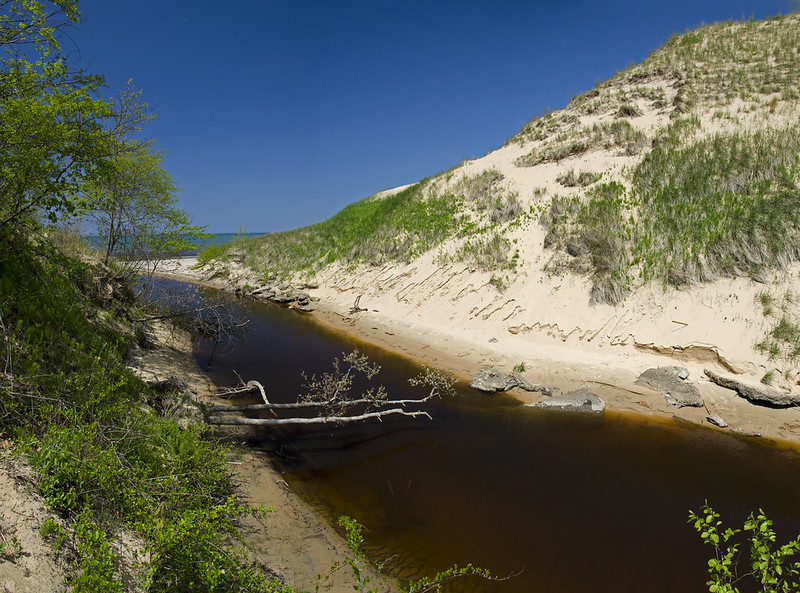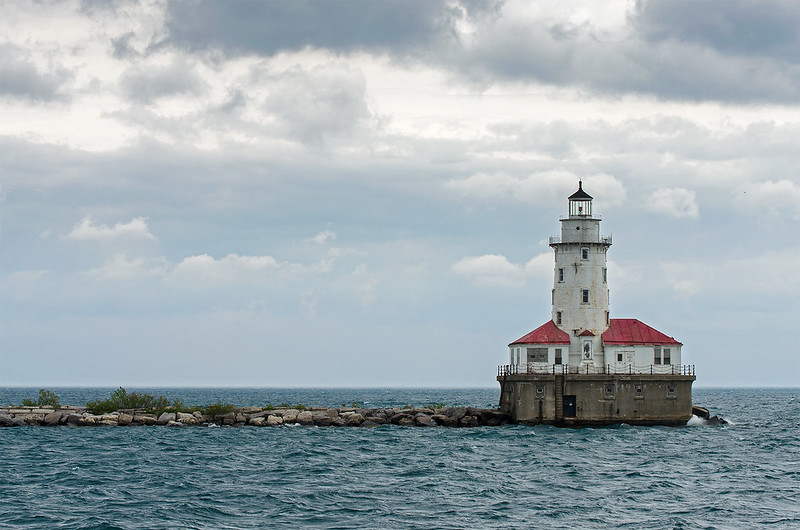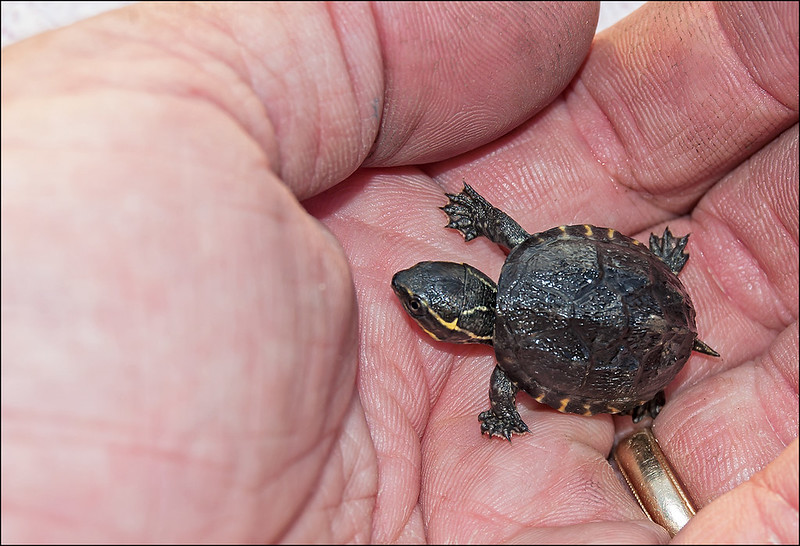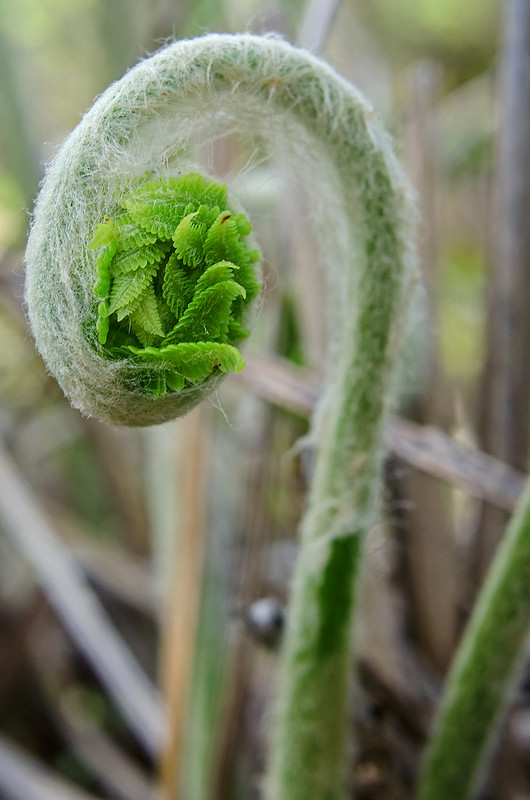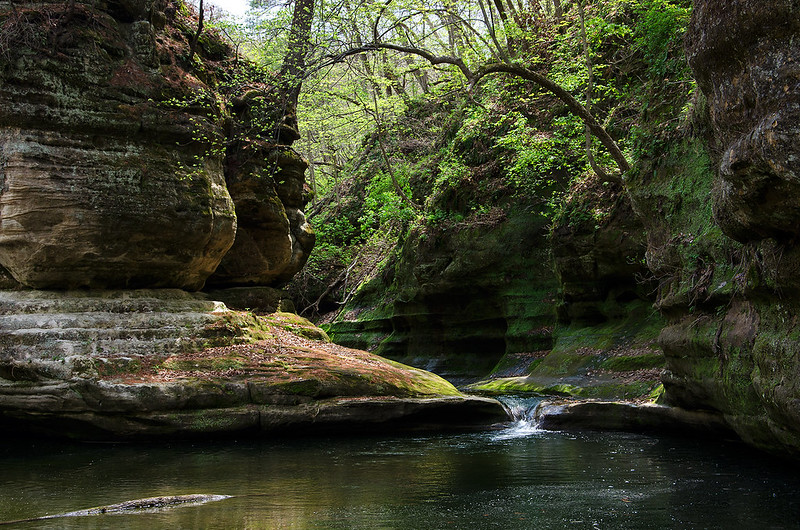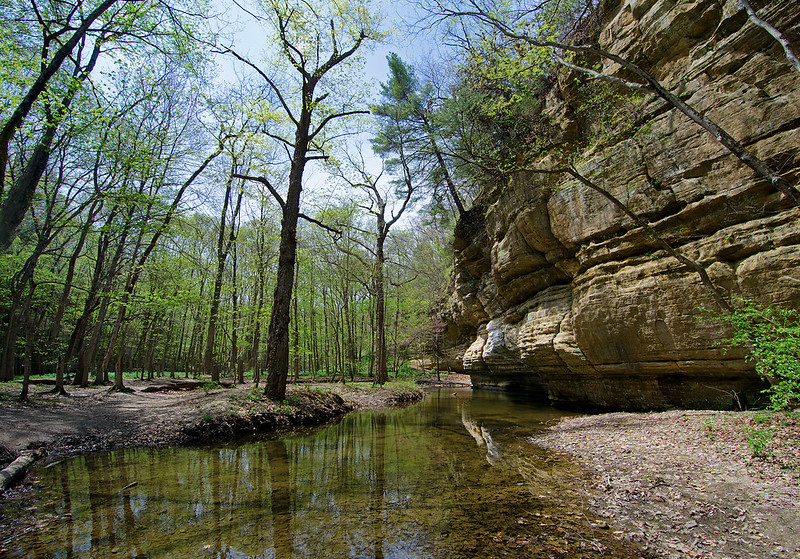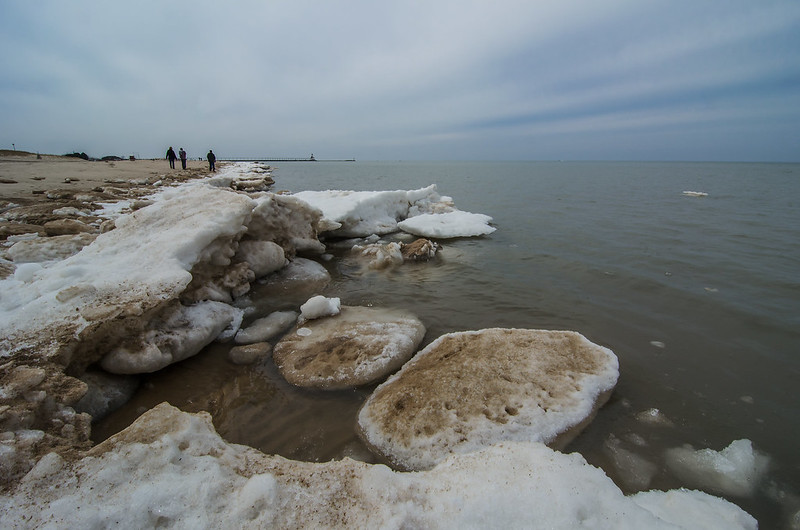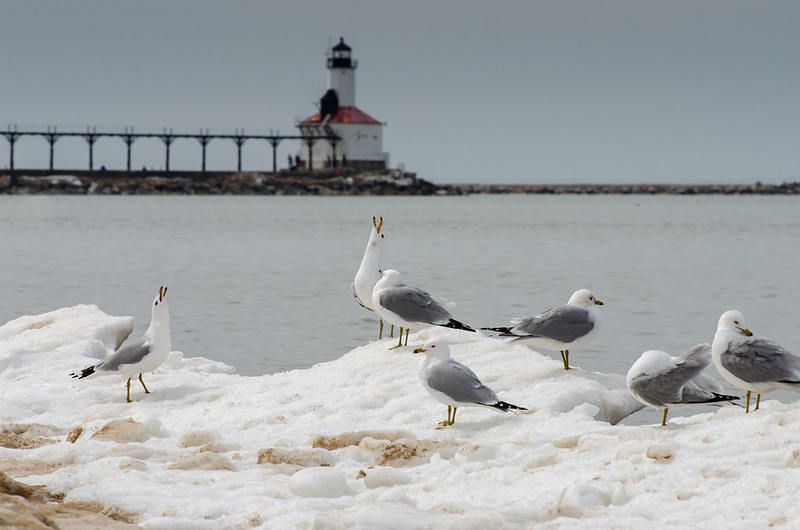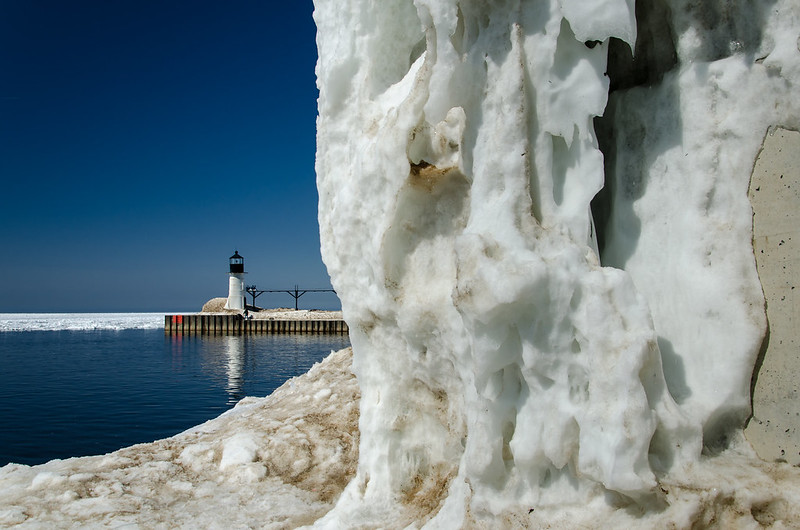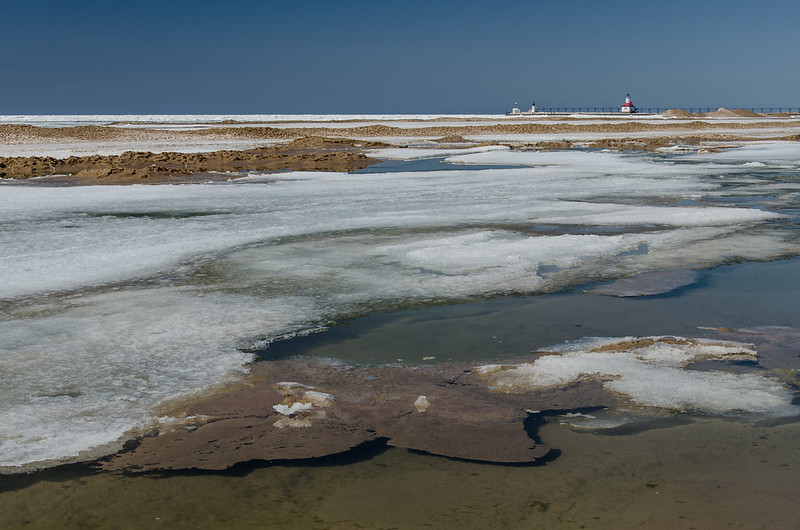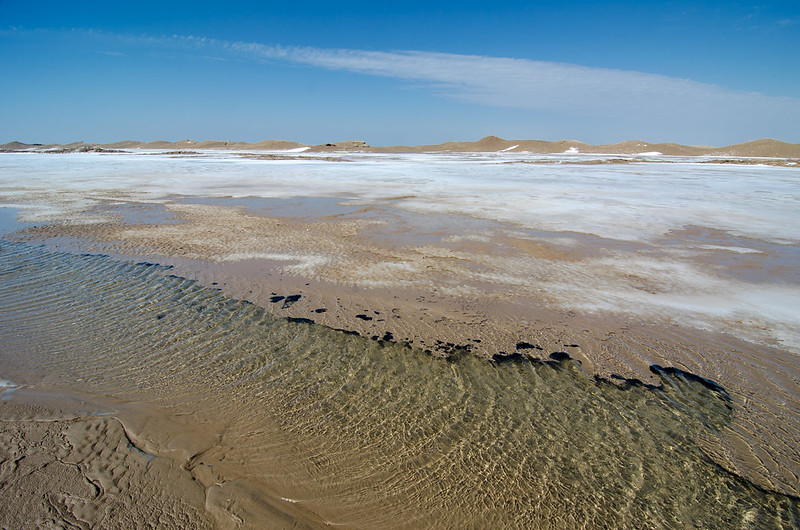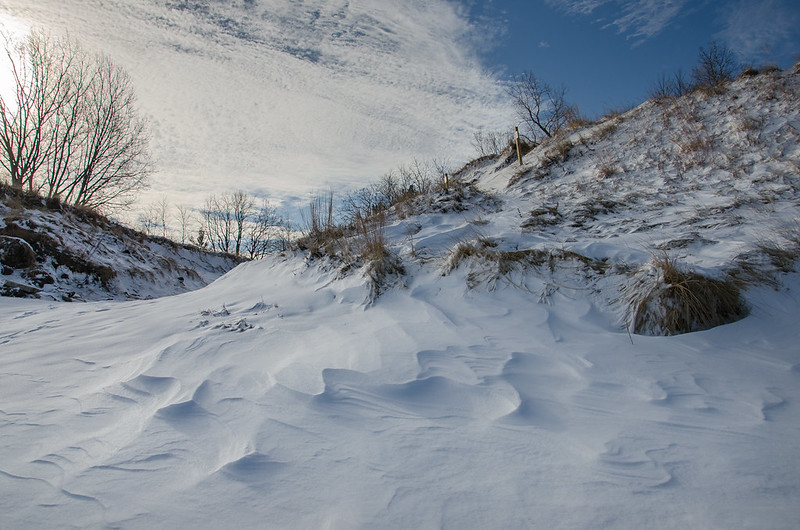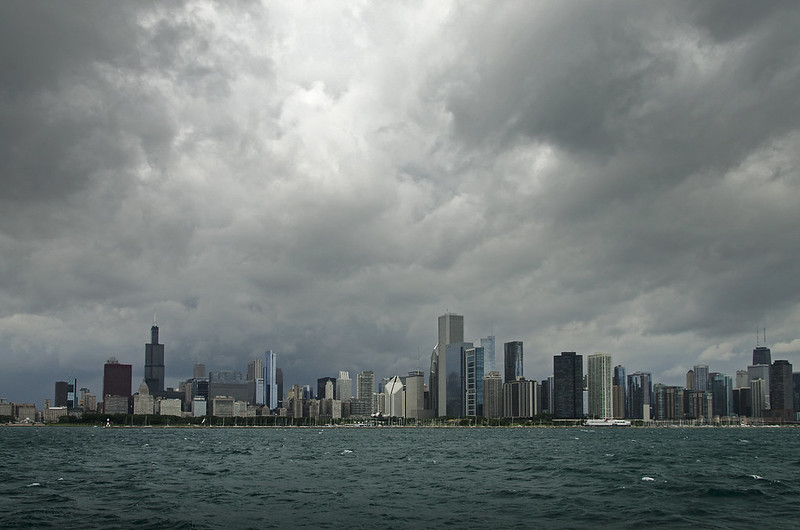
Our voyage down the Chicago River was calm and relaxing. Aware of the threat of rain later in the day, we headed out on Lake Michigan. Once in open water, we felt the three foot waves created by the storm system a few miles west of the city. On our return trip to the river, the sky grew dark, the winds picked up, and we knew the rains were on their way. Just a few minutes after this photo, the Willis tower (I still call it the Sears Tower) disappeared - obscured by heavy rain. I told the kids I was reponsible for to come with me to the lower deck, to prepare to head inside. Moments later, the shoreline was engulfed in rain, and impossible to see; we headed below to the bar area. Seconds later, the rains hit, and all of the passengers raced to get inside - not sure why they didn't head in earlier. The bar area was packed with kids, all trying to stay dry. The winds gusted, the rain pelted the glass, and the waves crashed onto the deck and tossed the boat around a bit. Nothing huge, but each time the boat rocked, the kids screamed -not necessarily in terror, but as if they were riding a roller coaster. Some children commented that this is what it must be like aboard one of the fishing boats on Deadliest Catch (only if we were awake for 4 days, it was 70 degrees colder, had more wind, and the waves were ten times as high). The calm and prepared crew asked the children to stop screaming and to sit down on the deck so they wouldn't fall when the boat rocked. About 10 minutes later, we arrived at the Chicago River lock and the waters instantly calmed, and so did the storm. Our return to the dock was pleasant, and dry. So many of the children commented that this was the best field trip ever! A ride on a boat with a tour Chicago, and a storm at the end that tossed the boat around Lake Michigan - a great story to tell indeed.
